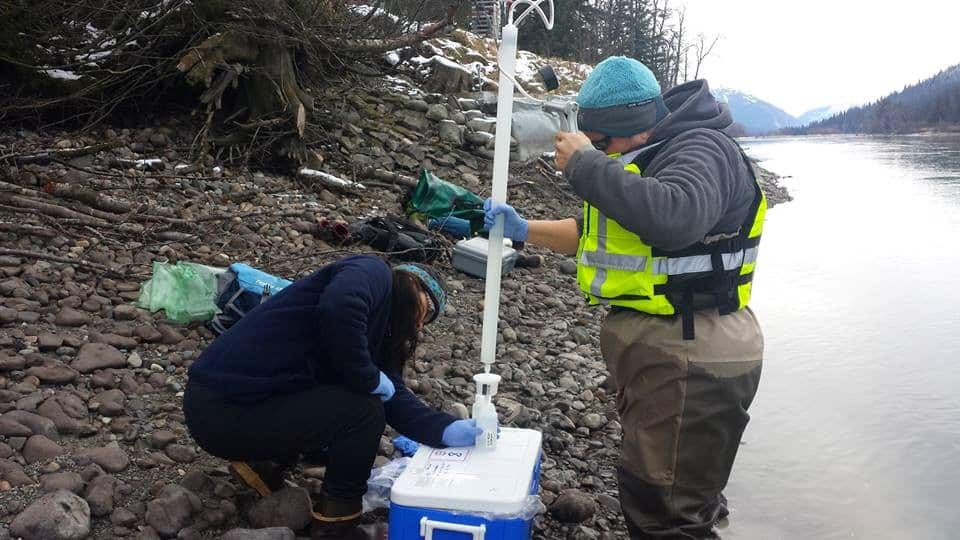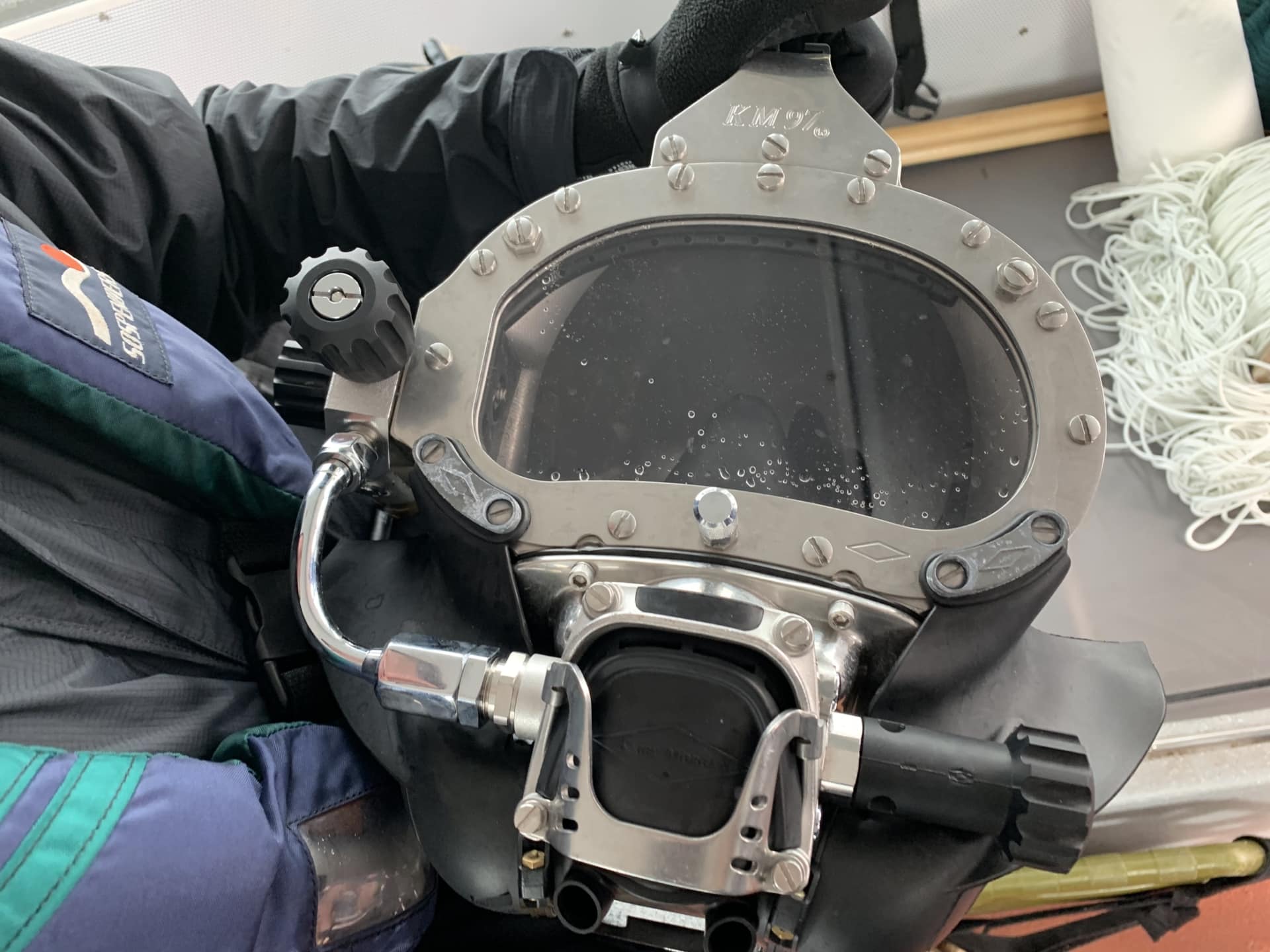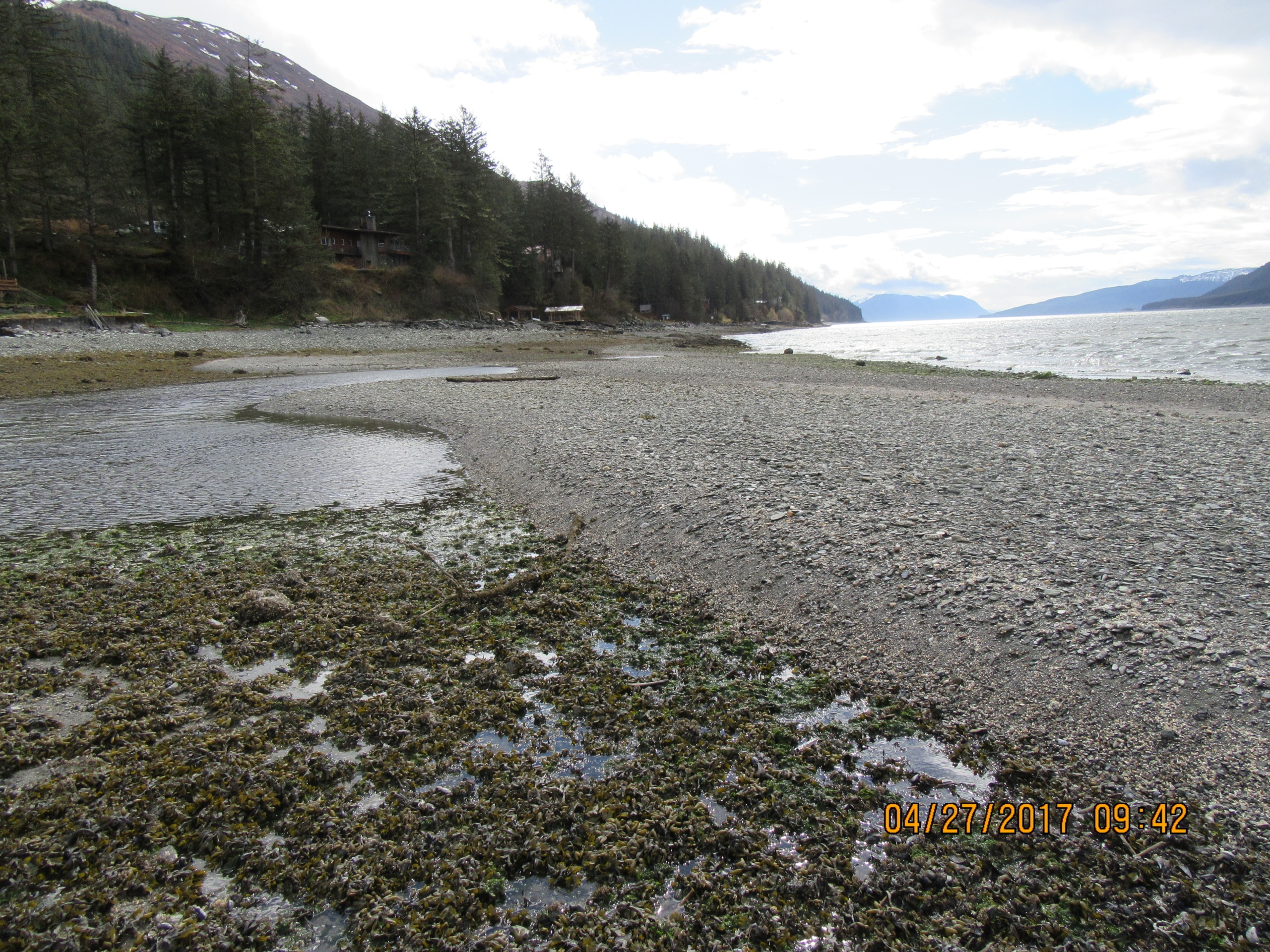Taku Inlet
Territory
The historical Taku territory has included Taku River, Taku Inlet, Taku Harbor, Limestone Inlet, Port Snettisham, Admiralty, and Douglas. The territory was continuously used, as seasonal hunting and fishing camps moved around based on the availability of fish and game. After gold was discovered in the Juneau area, both the Taku and Auk Tribes moved closer to the Juneau settlement to further their tribal economies with trade and labor opportunities. The Taku village moved to the vicinity of Bishop Point, and then to Douglas.
Like many Tlingit and Haida Tribes in Southeast Alaska, the DIA only has possessory rights for a small fraction of their historic territory. Many of the Taku settlements were temporary or seasonal, and there is little evidence of lands with permanent and exclusive use that is needed for possessory rights. The DIA has possessory rights for a small inlet north of Taku Harbor, where a hooligan camp is situated, an area near Limestone Inlet, and a few cabins.
Taku River Summery
Taku Water Quality Sampling Project:
Central Council Tlingit & Haida Indian Tribes of Alaska (Central Council) received a grant from the U.S. Bureau of Indian Affairs (BIA) to collect baseline water quality data on three major transboundary rivers. This project was developed in response to several current and proposed large-scale mines located on three transboundary rivers – the Taku, the Stikine, and the Unuk – that flow out of British Columbia and into Southeast Alaska.
Central Council collaborated with Douglas Indian Association the local federally recognized tribe of the Taku River and watershed area. Bernadine DeAsis, John Morris of Douglas Indian Association, Jennifer Hanlon of CCTHITA, and Cathy Needham of Kai Environmental traveled to the Taku River to begin a three-year baseline water quality study funded by the Bureau of Indian Affairs.
Testing was done on a monthly basis as weather and time permitted. The goal was to produce comprehensive, statistically valid, and scientifically defensible baseline water quality data to ensure management decisions are based on scientifically sound data. The study will look at the levels of heavy metals and other toxic substances from proposed mines in Canada that threaten Southeast Alaska’s Trans-Boundary Rivers. Baseline Data will be shared with the State of Alaska, the United States Environmental Protection Agency, regulatory agencies in British Columbia and the general public. Canada is not subject to the type of environmental scrutiny that we take for granted in the U.S.













Leave A Comment